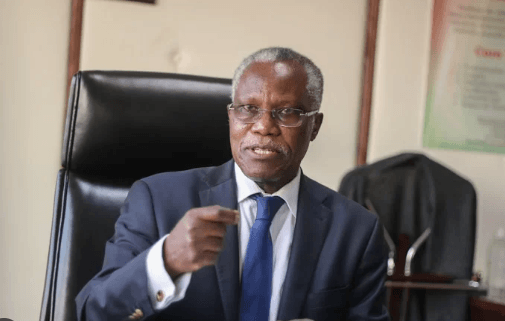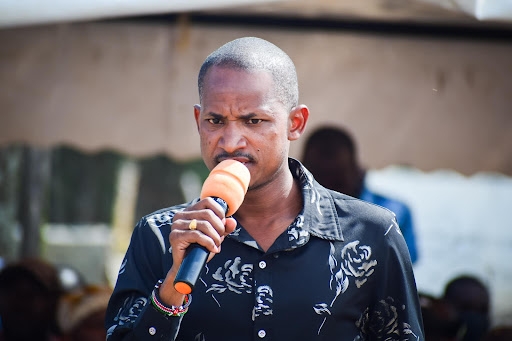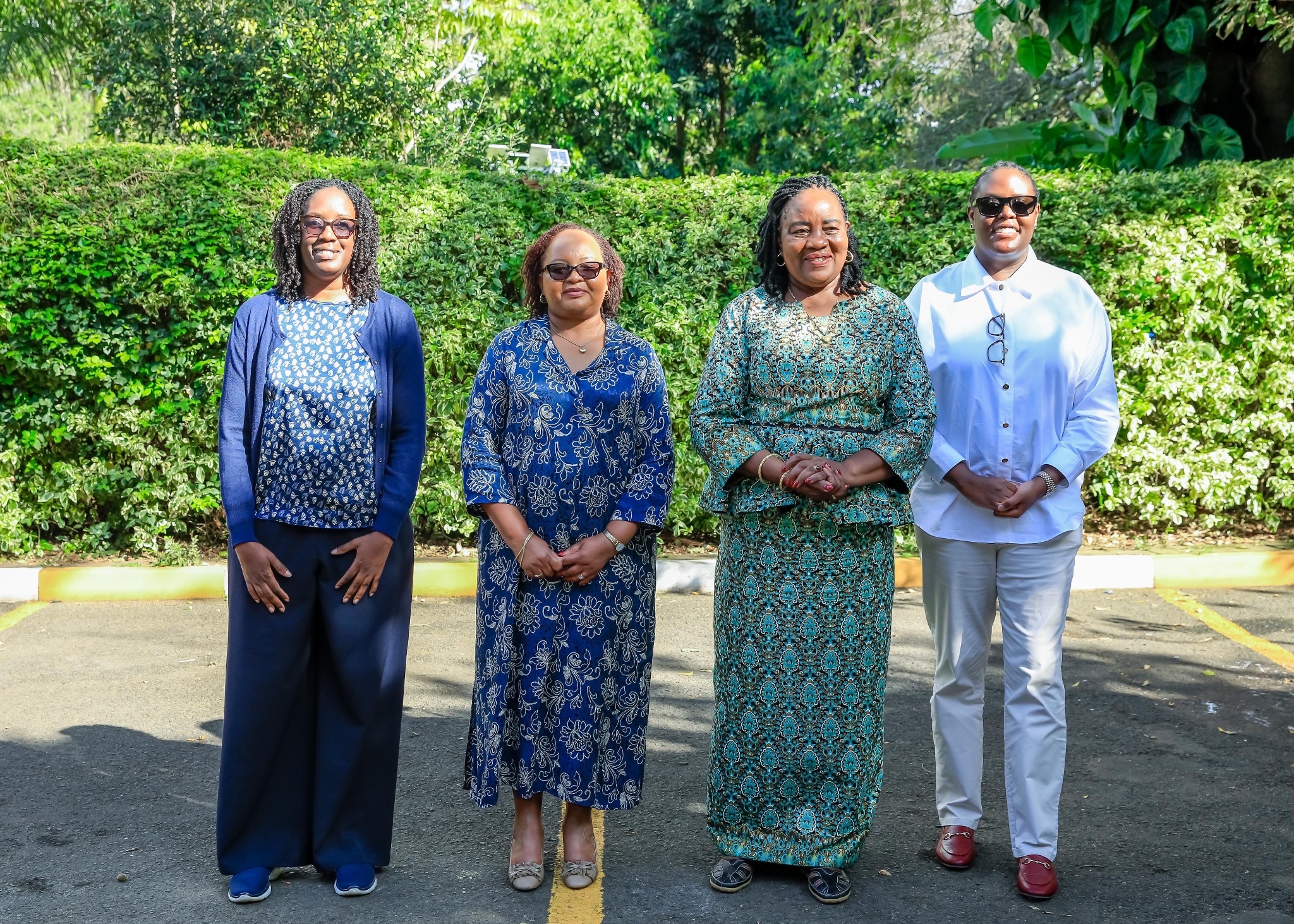
 John Opanda’s smart greenhouse innovation /BRIAN
OTIENO
John Opanda’s smart greenhouse innovation /BRIAN
OTIENO
A Technical University of Mombasa student has innovated a self-sufficient smart greenhouse with hybrid power and Internet of Things integration.
IoT integration is the process of connecting various smart devices, applications and systems to enable seamless data exchange and create a unified, interoperable system.
This allows for data collection and analysis, automated workflows and informed decision-making to optimise operations and create new functionality.
John Opanda, a final year student pursuing a diploma in electrical and electronics engineering, said the smart greenhouse is designed to operate autonomously by creating precise microclimates tailored to the specific needs of each plant species.
This means farmers would no longer need to be in specific areas to grow specific plants.
“Understanding that plants need specific environments to survive and give produce, that is how I thought, ‘What about allowing people to grow what they want where they are?’ So I came up with a greenhouse that creates that environment that a plant needs,” Opanda told the Star.
The diploma student said in liaison with agronomists, a farmer can plant what they want wherever they are by keying in specifics that the plant needs into the system, which then creates that environment.
“If a farmer wants to grow sukuma wiki, they can key in the data needed for sukuma wiki. These include the ranges of temperature, humidity, moisture level, among others. Once this data is keyed into the system, the smart greenhouse creates that environment through the sensors that are in the greenhouse,” Opanda said.
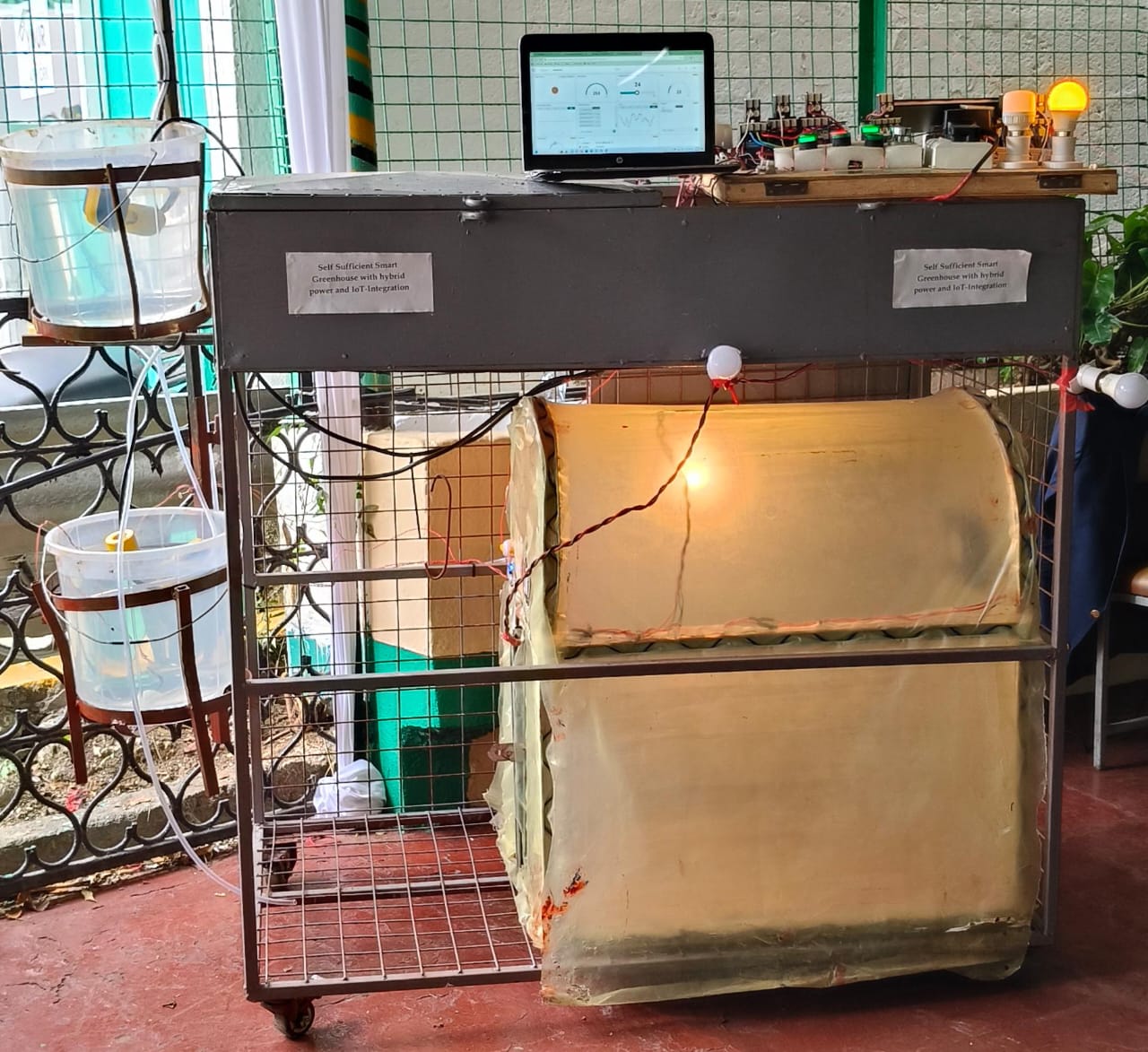 John Opanda’s smart greenhouse innovation / BRIAN
OTIENO
John Opanda’s smart greenhouse innovation / BRIAN
OTIENO
With the smart greenhouse, a farmer in Mombasa can grow what could not be farmed in the county before.
“After coming up with the smart greenhouse, I thought about how the farmer will manage it because they need to monitor it and keep it safe, and it needs power,” the engineering student said.
He came up with a control room that supplies the smart greenhouse with power, which also controls the water supply.
The smart greenhouse is connected to three power sources, the main one being the solar power, which is augmented by the grid (Kenya Power Company) and a generator, so that the greenhouse never loses power.
“Solar is the primary power source to ensure the farmer saves on costs. The KPLC power is the standby power source that automatically picks when the solar power is unavailable. The generator is for emergency cases when the first two power sources are unavailable,” Opanda said.
For security, he has designed the system with a security feature, which is a high voltage-low current electric fence meant to deter intruders, including wild animals.
“The high voltage-low current means it will give a mild shock but not meant to kill. If humans try to cut the fence, it triggers an alarm and a blinking bulb. The blinking bulb is for ensuring the farmer, who might be busy doing something and might not hear the alarm, sees the blinking light,” Opanda said.
The system is also connected to a water collection
point, in which the system can automatically switch on and off depending on the
level of water in the overhead storage tank from the collection point.
If the overhead storage tank is full, through a float switch, it automatically switches off water supply from the collection point.
Opanda said he has a big interest in farming but realised
the existing greenhouses are set up with factors like where the farmer is and
what they want to plant.
“When they come, they give you a net or a nylon
paper bag as cover depending in the environment. I wanted to eliminate all that
hustle,” he said.
Mining CS Hassan Joho was impressed with the innovation
when it was presented to him during the TUM’s sixth multidisciplinary
conference and innovation week.
He said TUM, Mombasa and Kenya as a whole has
brains that can invent remarkable things that can go global.
Joho said he will look for resources to give to the
innovators, including Opanda, to actualise the innovations.
“I will find land and give them and a small capital so they put to use what they have done here. From here, I am going to find a small budget,” he said.
Instant Analysis:
Lack of capital is the major impediment to
innovations in the country. Mining CS Hassan Joho acknowledged that Kenya has
sharp brains but the financial issues are the ones that prevent innovations
becoming realities.
 John Opanda presents his innovation to Mining CS
Hassan Joho /BRIAN OTIENO
John Opanda presents his innovation to Mining CS
Hassan Joho /BRIAN OTIENO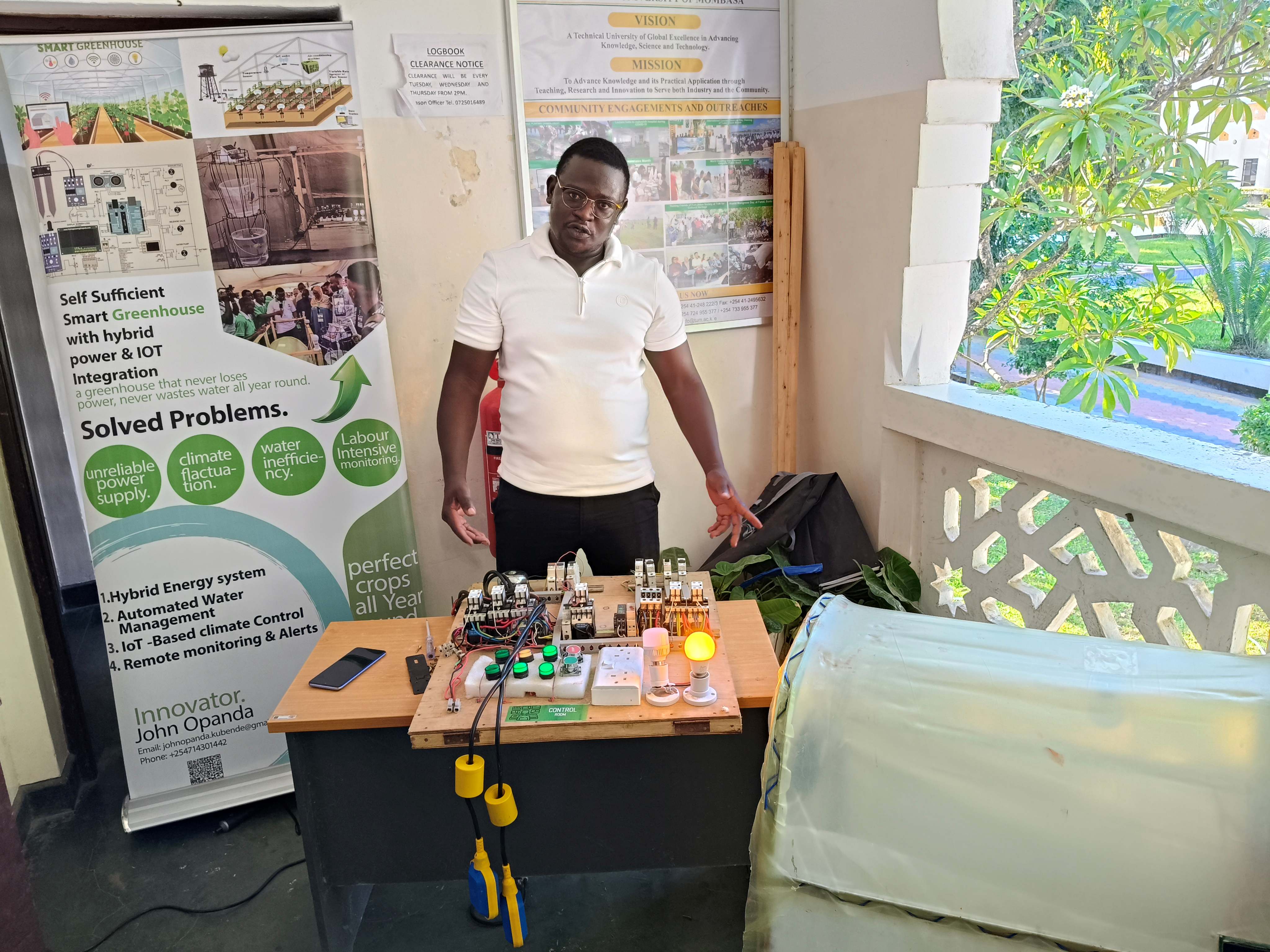 John Opanda demonstrates his innovation at TUM /BRIAN OTIENO
John Opanda demonstrates his innovation at TUM /BRIAN OTIENO












